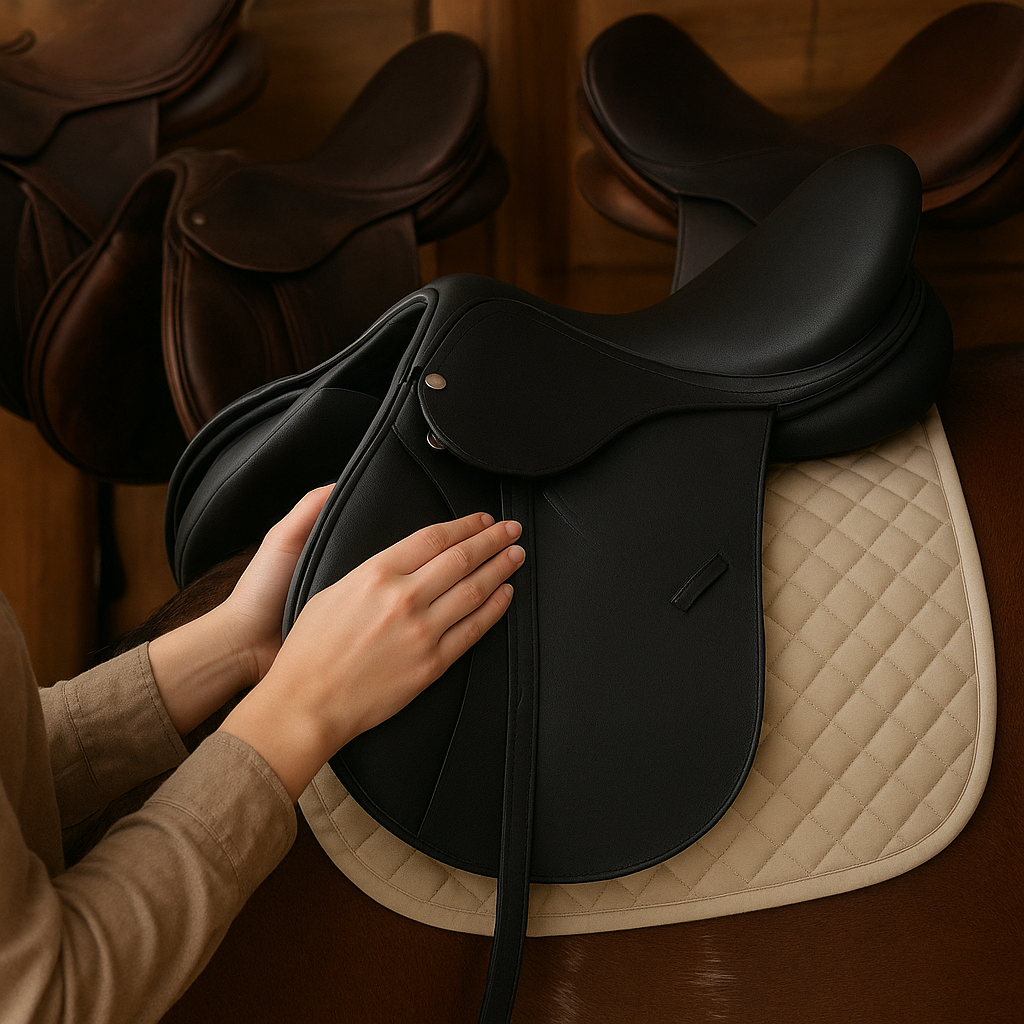
Choosing the right bike tire can significantly impact your riding experience, whether you’re a casual rider, a commuter, or a competitive cyclist. The type of tire you select can affect your speed, comfort, and safety. This article will explore the various types of bike tires available and help you determine which is best suited for your riding style.
Road Bike Tires
Road bike tires are designed for speed and efficiency on paved surfaces. They are typically narrow, with a smooth tread pattern to minimize rolling resistance. These tires are ideal for cyclists who prioritize speed and performance, such as those who participate in road racing or long-distance touring.
Clincher Tires
Clincher tires are the most common type of road bike tire. They feature a bead that hooks onto the rim, and they require an inner tube to hold air. Clincher tires are easy to install and repair, making them a popular choice for many cyclists. They come in various widths, typically ranging from 23mm to 28mm, with wider tires offering more comfort and stability.
Tubular Tires
Tubular tires, also known as “sew-ups,” are glued directly onto a tubular rim. They are lighter and can be ridden at lower pressures than clincher tires, providing a smoother ride and better traction. However, they are more challenging to install and repair, making them less practical for everyday use. Tubular tires are often used by professional racers who prioritize performance over convenience.
Tubeless Tires
Tubeless tires are a relatively new innovation in road cycling. As the name suggests, they do not require an inner tube. Instead, they create an airtight seal with the rim, reducing the risk of pinch flats and allowing for lower tire pressures. Tubeless tires offer a smoother ride and better traction, but they can be more challenging to set up and maintain.
Mountain Bike Tires
Mountain bike tires are designed to handle rough terrain, including dirt, rocks, and roots. They are typically wider and have a more aggressive tread pattern to provide better grip and stability. The type of mountain bike tire you choose will depend on the specific type of riding you do, such as cross-country, trail, or downhill.
Cross-Country (XC) Tires
Cross-country tires are designed for speed and efficiency on relatively smooth trails. They are narrower and have a less aggressive tread pattern compared to other mountain bike tires. XC tires are ideal for riders who prioritize speed and climbing ability over technical handling and traction.
Trail Tires
Trail tires are a versatile option for riders who tackle a variety of terrain. They are wider than XC tires and have a more aggressive tread pattern to provide better grip and stability on technical trails. Trail tires are a good choice for riders who want a balance of speed, traction, and durability.
Downhill Tires
Downhill tires are designed for the most extreme mountain biking conditions. They are the widest and have the most aggressive tread pattern of all mountain bike tires. Downhill tires are built to withstand the high speeds and rough terrain of downhill riding, providing maximum grip and durability. However, they are heavier and slower-rolling, making them less suitable for climbing and long-distance riding.
Hybrid and Commuter Bike Tires
Hybrid and commuter bike tires are designed for versatility and durability. They are typically wider than road bike tires but narrower than mountain bike tires, with a tread pattern that provides a balance of speed and traction. These tires are ideal for riders who use their bikes for commuting, fitness, or recreational riding on a variety of surfaces.
Slick Tires
Slick tires have a smooth tread pattern and are designed for use on paved surfaces. They offer low rolling resistance and a comfortable ride, making them a good choice for commuters and fitness riders who primarily ride on roads and bike paths.
Semi-Slick Tires
Semi-slick tires have a smooth center tread for low rolling resistance and small knobs on the sides for added traction on loose surfaces. They are a versatile option for riders who encounter a mix of pavement and light off-road terrain, such as gravel paths and dirt trails.
Knobby Tires
Knobby tires have a more aggressive tread pattern with larger knobs for better grip on loose and uneven surfaces. They are a good choice for riders who frequently encounter rough terrain, such as gravel roads and dirt trails. However, they can be slower and less efficient on paved surfaces.
Fat Bike Tires
Fat bike tires are designed for extreme conditions, such as snow, sand, and mud. They are the widest of all bike tires, typically ranging from 3.8 to 5 inches in width. The large volume of these tires allows them to be ridden at very low pressures, providing excellent flotation and traction on soft surfaces. Fat bike tires are ideal for riders who tackle challenging terrain and need maximum stability and grip.
Choosing the Right Tire for Your Riding Style
When choosing a bike tire, it’s essential to consider your riding style and the type of terrain you’ll be encountering. Here are some factors to keep in mind:
- Terrain: Consider the surfaces you’ll be riding on most frequently. Road bike tires are best for paved surfaces, while mountain bike tires are designed for off-road terrain. Hybrid and commuter tires offer a balance of both.
- Riding Style: Think about your priorities as a rider. If you prioritize speed and efficiency, road bike tires or slick hybrid tires may be the best choice. If you need maximum traction and durability, consider mountain bike or fat bike tires.
- Comfort: Wider tires with lower pressures can provide a more comfortable ride, especially on rough terrain. However, they may be slower and less efficient on smooth surfaces.
- Maintenance: Some tires, such as tubular and tubeless options, require more maintenance and can be more challenging to install and repair. Consider your willingness to perform regular maintenance when choosing a tire type.
Ultimately, the best bike tire for you will depend on your specific needs and preferences as a rider. By understanding the different types of bike tires available and considering the factors mentioned above, you can make an informed decision and enjoy a better riding experience.

